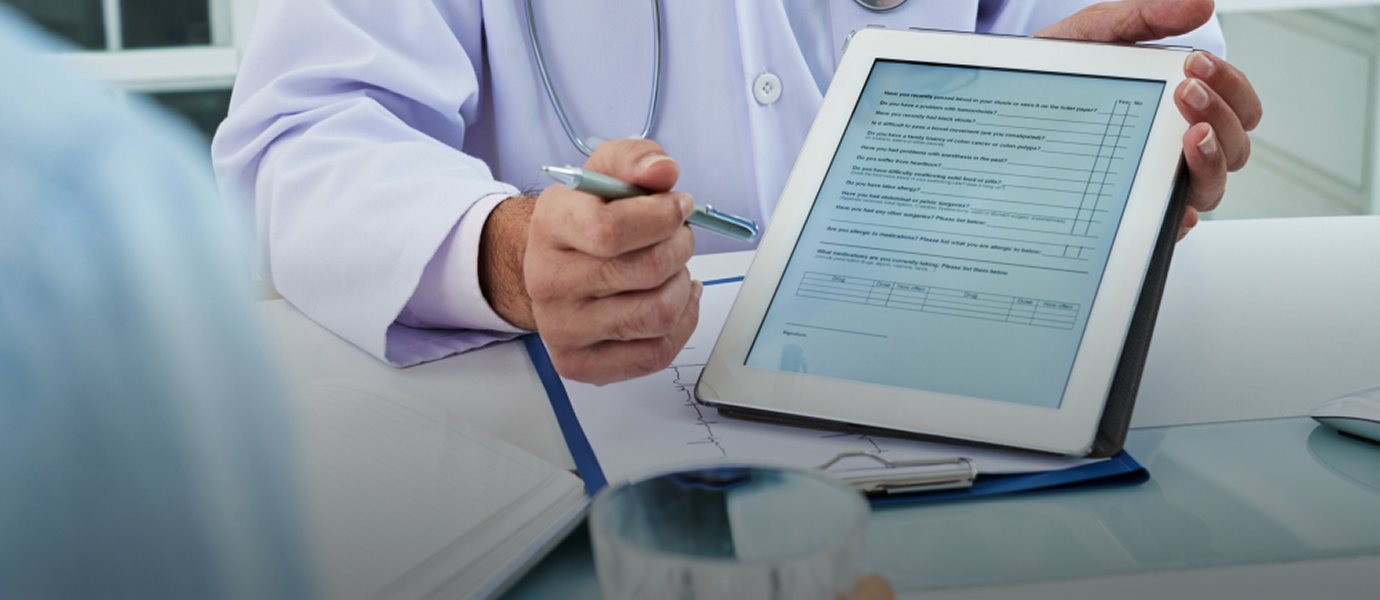The Importance of Remote Monitoring for Chronic Disease Management

Remote Patient Monitoring (RPM) is a healthcare delivery method that leverages technology to collect and monitor patient health data outside traditional clinical settings. It bridges the gap between patients and providers by enabling continuous care, particularly for chronic diseases, post-operative recovery, and preventative health management.
RPM is a technology-driven healthcare approach that allows healthcare providers to monitor patients' health data outside traditional clinical settings, typically from the comfort of their homes. By using a range of connected devices such as wearables, medical equipment (e.g., blood pressure monitors, glucose meters), and sensors, RPM continuously collects critical health data such as blood pressure, glucose levels, heart rate, oxygen saturation, and even body temperature. This data is then transmitted to healthcare professionals in real-time via secure platforms or mobile apps.
Technologies Involved in RPM
The use of RPM allows providers to stay connected with patients, tracking their health metrics without the need for frequent in-person visits. For patients, RPM offers significant benefits such as improved convenience, early detection of health issues, better management of chronic conditions like diabetes, hypertension, and heart disease, and timely interventions to prevent complications. It also reduces the need for unnecessary hospital readmissions and emergency room visits, which can significantly lower healthcare costs. RPM is particularly valuable for managing long-term health conditions and providing post-surgical care, enabling patients to receive continuous support and reducing the burden on healthcare facilities.
Remote Patient Monitoring (RPM) is a healthcare delivery method that leverages technology to collect and monitor patient health data outside traditional clinical settings. It bridges the gap between patients and providers by enabling continuous care, particularly for chronic diseases, post-operative recovery, and preventative health management.
RPM is a technology-driven healthcare approach that allows healthcare providers to monitor patients' health data outside traditional clinical settings, typically from the comfort of their homes. By using a range of connected devices such as wearables, medical equipment (e.g., blood pressure monitors, glucose meters), and sensors, RPM continuously collects critical health data such as blood pressure, glucose levels, heart rate, oxygen saturation, and even body temperature. This data is then transmitted to healthcare professionals in real-time via secure platforms or mobile apps.
The use of RPM allows providers to stay connected with patients, tracking their health metrics without the need for frequent in-person visits. For patients, RPM offers significant benefits such as improved convenience, early detection of health issues, better management of chronic conditions like diabetes, hypertension, and heart disease, and timely interventions to prevent complications. It also reduces the need for unnecessary hospital readmissions and emergency room visits, which can significantly lower healthcare costs. RPM is particularly valuable for managing long-term health conditions and providing post-surgical care, enabling patients to receive continuous support and reducing the burden on healthcare facilities.
Future Trends in RPM
The use of RPM allows providers to stay connected with patients, tracking their health metrics without the need for frequent in-person visits. For patients, RPM offers significant benefits such as improved convenience, early detection of health issues, better management of chronic conditions like diabetes, hypertension, and heart disease, and timely interventions to prevent complications. It also reduces the need for unnecessary hospital readmissions and emergency room visits, which can significantly lower healthcare costs. RPM is particularly valuable for managing long-term health conditions and providing post-surgical care, enabling patients to receive continuous support and reducing the burden on healthcare facilities.
Remote Patient Monitoring (RPM) is a healthcare delivery method that leverages technology to collect and monitor patient health data outside traditional clinical settings. It bridges the gap between patients and providers by enabling continuous care, particularly for chronic diseases, post-operative recovery, and preventative health management.
RPM is a technology-driven healthcare approach that allows healthcare providers to monitor patients' health data outside traditional clinical settings, typically from the comfort of their homes. By using a range of connected devices such as wearables, medical equipment (e.g., blood pressure monitors, glucose meters), and sensors, RPM continuously collects critical health data such as blood pressure, glucose levels, heart rate, oxygen saturation, and even body temperature. This data is then transmitted to healthcare professionals in real-time via secure platforms or mobile apps.
The use of RPM allows providers to stay connected with patients, tracking their health metrics without the need for frequent in-person visits. For patients, RPM offers significant benefits such as improved convenience, early detection of health issues, better management of chronic conditions like diabetes, hypertension, and heart disease, and timely interventions to prevent complications. It also reduces the need for unnecessary hospital readmissions and emergency room visits, which can significantly lower healthcare costs. RPM is particularly valuable for managing long-term health conditions and providing post-surgical care, enabling patients to receive continuous support and reducing the burden on healthcare facilities.
Remote Patient Monitoring is transforming healthcare by making it more proactive, personalized, and accessible. It is a vital tool for managing the increasing burden of chronic diseases while improving outcomes and patient satisfaction.
Benifits of RPM
The use of RPM allows providers to stay connected with patients, tracking their health metrics without the need for frequent in-person visits. For patients, RPM offers significant benefits such as improved convenience, early detection of health issues, better management of chronic conditions like diabetes, hypertension, and heart disease, and timely interventions to prevent complications. It also reduces the need for unnecessary hospital readmissions and emergency room visits, which can significantly lower healthcare costs. RPM is particularly valuable for managing long-term health conditions and providing post-surgical care, enabling patients to receive continuous support and reducing the burden on healthcare facilities.
Remote Patient Monitoring (RPM) is a healthcare delivery method that leverages technology to collect and monitor patient health data outside traditional clinical settings. It bridges the gap between patients and providers by enabling continuous care, particularly for chronic diseases, post-operative recovery, and preventative health management.







